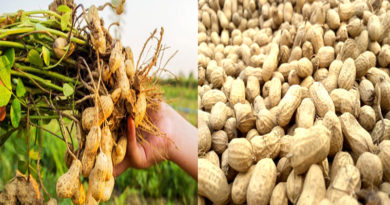What are the causes of Hydrangea Root Rot?
Hydrangea root rot is a common problem that can lead to wilting, yellowing leaves, and eventually, death. Here are some of the primary causes:
- Overwatering: Hydrangeas require consistent moisture, but overwatering can lead to root rot. If the soil is constantly saturated, the roots can’t get enough oxygen, leading to decay.
- Poor Drainage: If the potting mix or soil doesn’t drain well, water can accumulate around the roots, creating a breeding ground for fungi.
- Cold Temperatures: While hydrangeas can tolerate cold weather, extreme cold can damage the roots, making them more susceptible to rot.
- Nutrient Imbalance: An excess of nitrogen or a deficiency of potassium can weaken the plant’s resistance to root rot.
- Pathogens: Fungi like Pythium, Phytophthora, and Rhizoctonia are common pathogens that can cause root rot in hydrangeas.
If you suspect your hydrangea has root rot, here are some signs to look for:
- Wilting leaves
- Yellowing or browning foliage
- Stunted growth
- A foul odor coming from the base of the plant
- Roots that are black, mushy, or discolored
If you notice these symptoms, it’s important to act quickly to save your hydrangea.
106 total views, 2 views today





Pingback:Agriculturelearning-The biggest field of agricultural information in Bangladesh